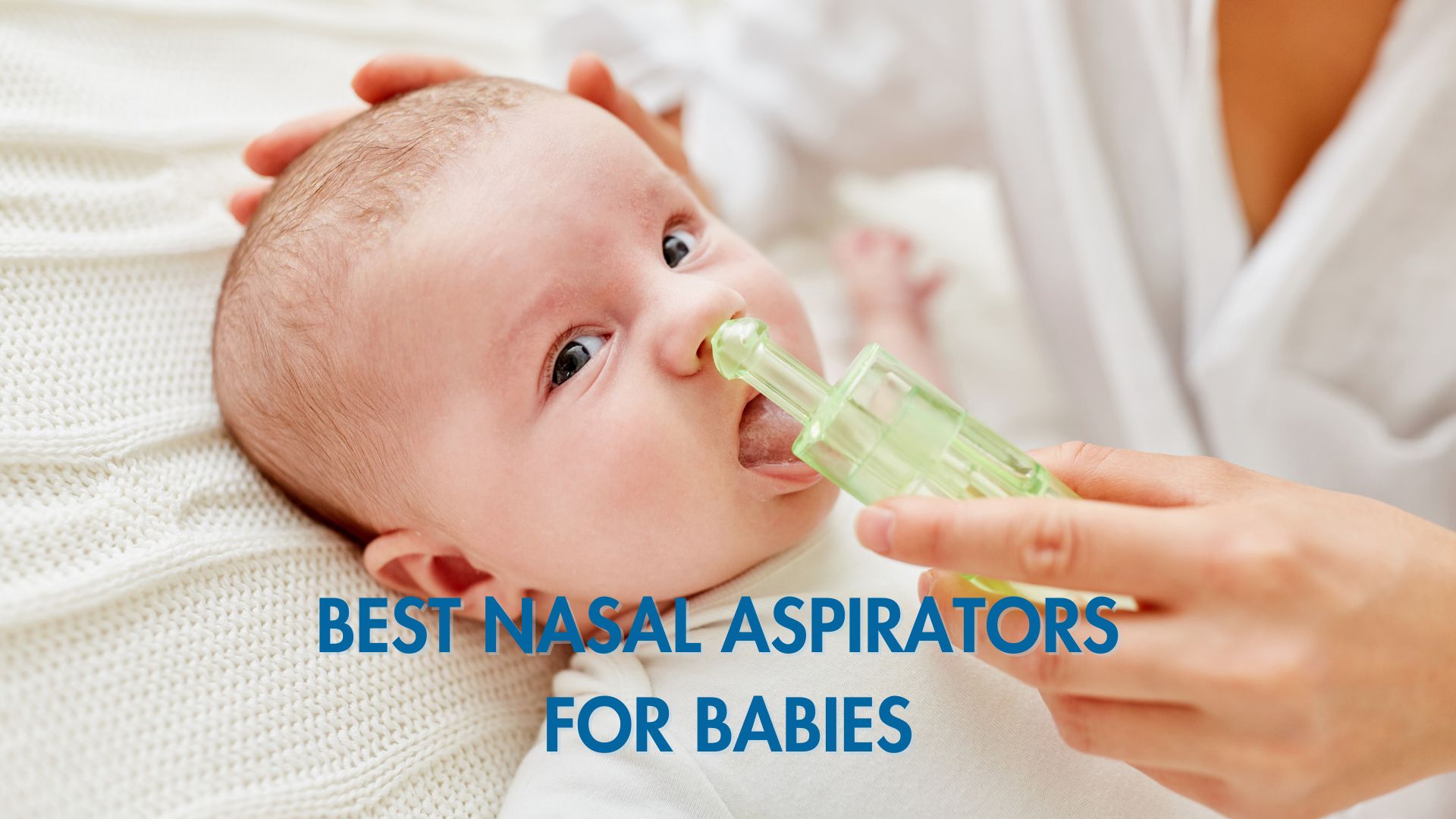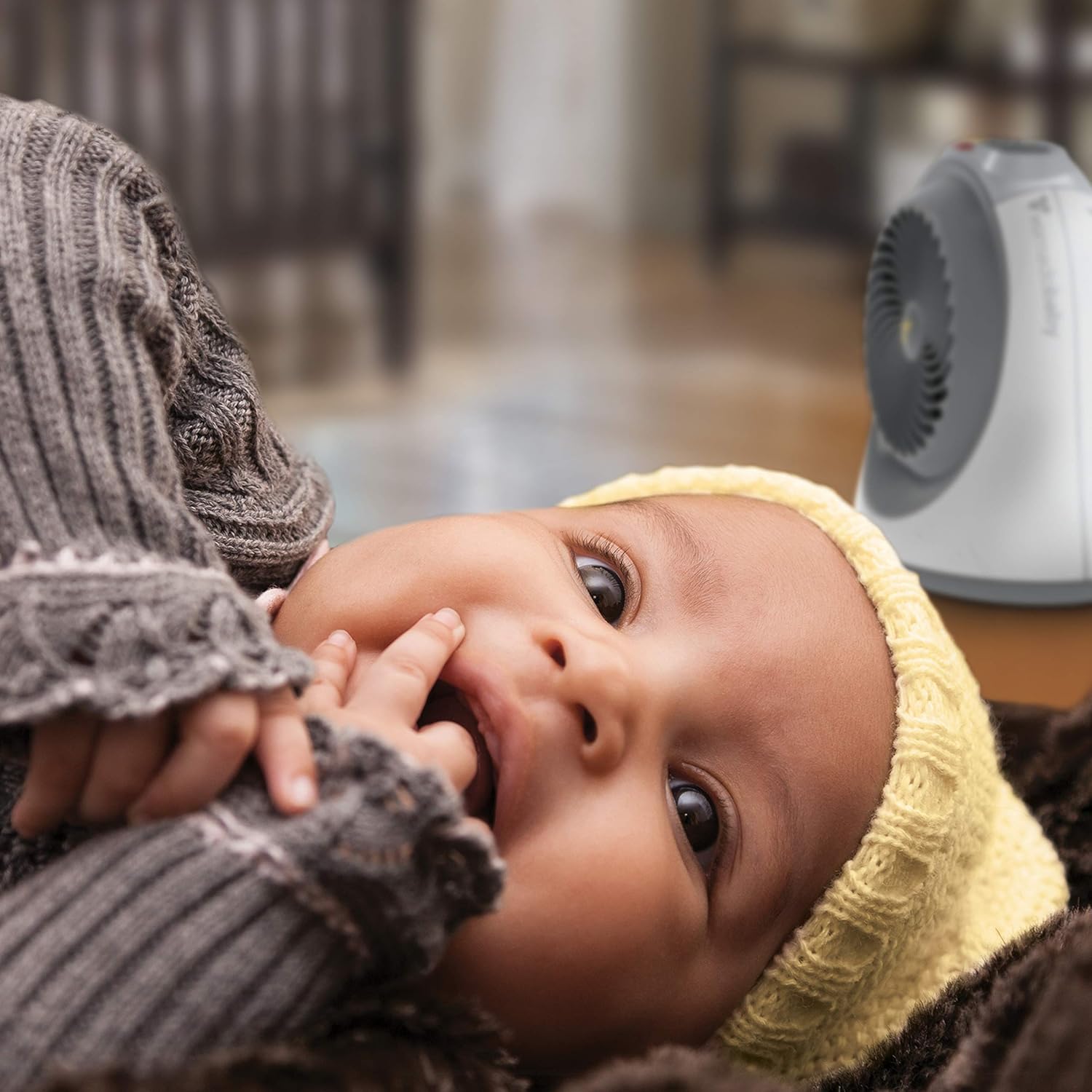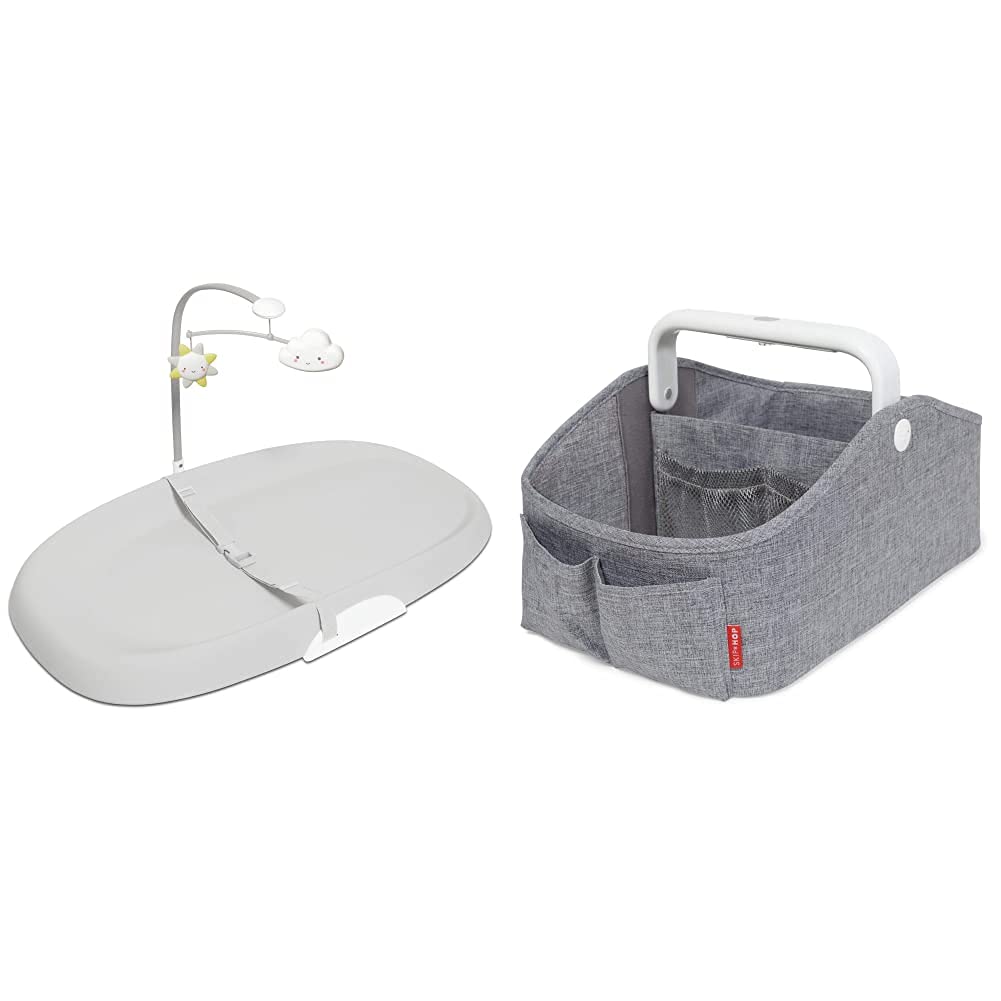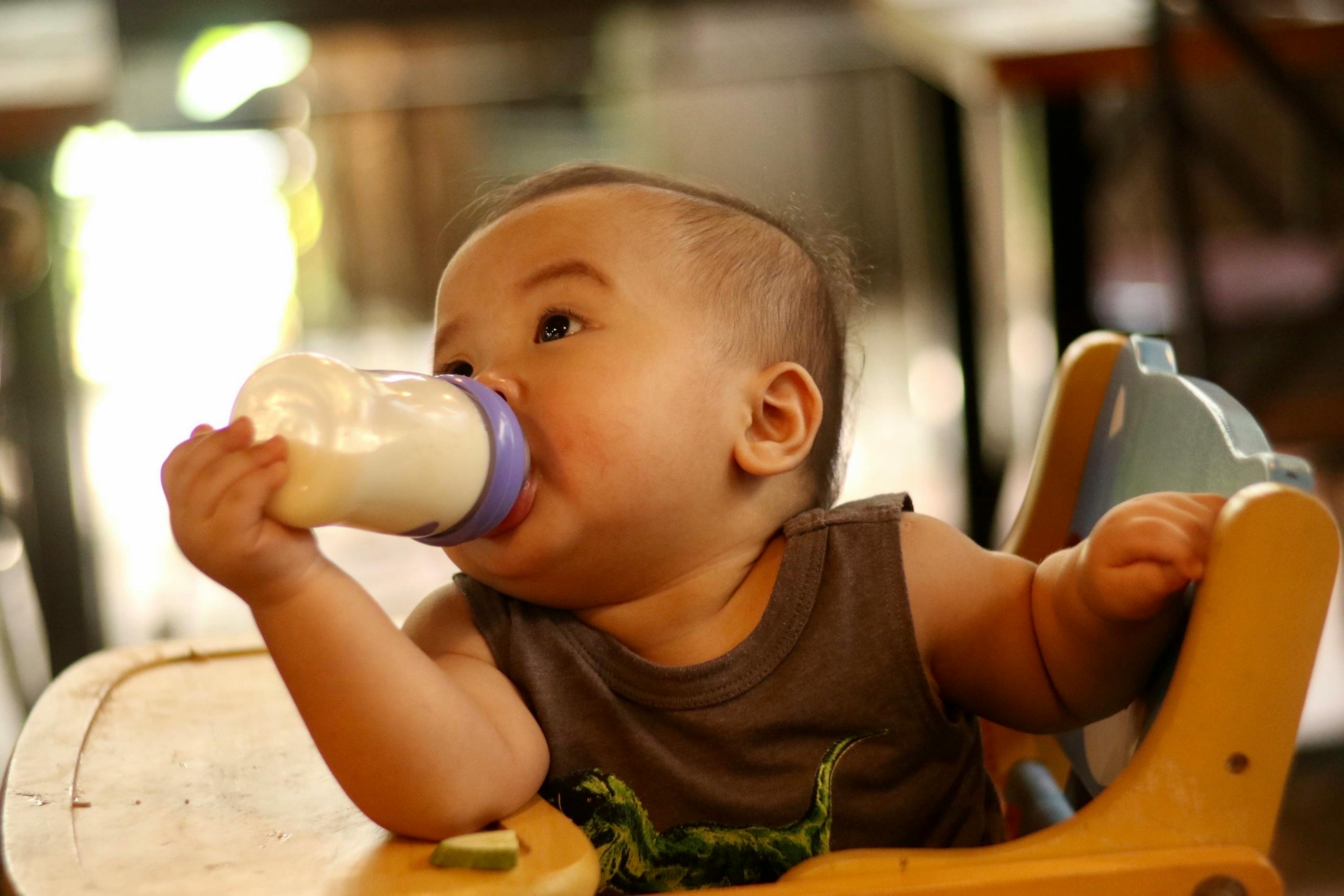
Introduction
Understanding bottle feeding techniques is crucial for new parents aiming to ensure their baby’s health and well-being. Whether you choose to bottle feed from the start or transition from breastfeeding, knowing the correct methods can prevent common issues like gas, spit-up, and reflux. This guide walks you through everything you need to know about bottle feeding your newborn.
What’s Covered in This Article:
- Differences between breastfeeding and bottle feeding
- Benefits of bottle feeding for convenience and flexibility
- Step-by-step guide to preparing formula safely
- Types of baby bottles and choosing the right nipple size
- Effective bottle feeding positions and techniques
- Common challenges and how to overcome them
- Signs your baby is ready to feed with a bottle
- Transitioning from breastfeeding to bottle feeding
- Monitoring your baby’s intake while bottle feeding
- Emotional aspects of bottle feeding and building bonds
Pediatricians and lactation consultants play a vital role in supporting parents during this journey. They offer personalized advice tailored to your baby’s needs, ensuring a smooth transition whether you’re starting with a bottle or switching from breastfeeding. By consulting these professionals, you can gain confidence in your parenting skills and make informed decisions for your newborn’s nutrition.
Understanding Bottle Feeding
Differences Between Breastfeeding and Bottle Feeding
Breastfeeding and bottle feeding each have unique attributes that can influence your decision. Breastfeeding offers natural antibodies that help boost your baby’s immune system, while also promoting bonding through skin-to-skin contact. On the other hand, bottle feeding provides a more structured approach to feeding, where you can measure exactly how much your baby is consuming.
Key differences include:
- Nutrient Composition: Breast milk adapts to your baby’s needs over time; formula remains consistent.
- Feeding Frequency: Breastfed babies often eat more frequently than bottle-fed babies due to the faster digestion of breast milk.
- Involvement of Others: Bottle feeding allows other family members to participate in feeding times, which can be helpful for bonding and sharing responsibilities.
Benefits of Bottle Feeding for Convenience and Flexibility
Bottle feeding offers several advantages that contribute to its convenience and flexibility:
- Scheduling: It allows you to create a more predictable feeding schedule since you can prepare bottles in advance.
- Feeding in Public: You can feed your baby anywhere without needing a private space for breastfeeding.
- Returning to Work: For working parents, bottle feeding makes it easier to ensure your baby is fed by caregivers during work hours.
- Sleep Schedules: Night feedings can be shared among parents, allowing for better rest and recovery.
Reasons Parents May Choose Bottle Feeding
Parents opt for bottle feeding for various reasons, ranging from medical conditions to lifestyle choices:
- Medical Reasons:
- Low Milk Supply: Some mothers may struggle with insufficient milk production.
- Medications: Certain medications are not safe for breastfeeding mothers.
- Health Conditions: Some health issues may make breastfeeding challenging or impossible.
- Lifestyle Choices:
- Flexibility: Parents might prefer the flexibility that comes with bottle feeding.
- Work Commitments: Returning to work often necessitates a reliable alternative to breastfeeding.
- Shared Responsibilities: Bottle feeding enables both parents and other caregivers to share feeding duties.
Understanding these aspects helps you make an informed decision that aligns with your family’s needs and circumstances.
Preparing for Bottle Feeding
When preparing formula for babies, safety is paramount. Following a step-by-step guide ensures your baby gets the nutrition they need without any risks.


Step-by-Step Guide to Preparing Formula Safely
- Wash Your Hands: Always start by washing your hands thoroughly with soap and water.
- Sterilize Bottles and Nipples: Boil bottles, nipples, and other feeding equipment for at least 5 minutes or use a steam sterilizer.
- Boil Water: Bring water to a rolling boil for about 1 minute, then let it cool to around 70°C (158°F).
- Measure Formula: Follow the manufacturer’s instructions on the formula container precisely.
- Mix Water and Formula: Pour the cooled boiled water into the bottle first, then add the exact amount of formula powder.
- Shake Well: Secure the nipple and cap on the bottle, then shake vigorously until the formula is completely dissolved.
- Cool Down: Place the bottle in a bowl of cold water or run it under cold tap water to bring it down to feeding temperature.
- Check Temperature: Test a few drops on your wrist; it should feel lukewarm, not hot.
Types of Baby Bottles
Choosing the right baby bottle can impact both convenience and your baby’s comfort.
- Plastic Bottles
- Pros: Lightweight, durable, shatter-resistant
- Cons: May contain BPA; needs frequent replacement due to scratches
- Glass Bottles
- Pros: Chemical-free, easy to clean
- Cons: Heavier, breakable
- Silicone Bottles
- Pros: Flexible, durable, BPA-free
- Cons: More expensive than plastic or glass
Choosing the Right Nipple Size and Flow Rate
Selecting the appropriate nipple size and flow rate is essential for a smooth feeding experience.
- Newborns: Use slow-flow nipples designed for their delicate feeding pace.
- Older Babies: Gradually transition to medium or fast-flow nipples as they grow and their feeding needs change.
Pay attention to signs like gulping or choking which may indicate that the flow rate is too fast. Conversely, if feedings are taking too long or if your baby seems frustrated, you might need a faster flow nipple.
Understanding these aspects helps in making informed choices that cater to both convenience and your baby’s health needs.
Bottle Feeding Techniques You Should Know About
Understanding proper bottle feeding techniques is essential for your baby’s health and comfort. Here are some effective bottle feeding positions and methods to ensure a successful feeding experience:
Effective Bottle Feeding Positions
1. Semi-Upright Position
- Description: Hold your baby in a semi-upright position, supporting their head and neck.
- Benefits: This position helps prevent milk from flowing too quickly, reducing the risk of choking and ear infections.
- How to Do It: Sit comfortably with your baby resting against your chest or arm. Ensure their head is higher than their tummy.
2. Side-Lying Position
- Description: Lay your baby on their side, mimicking the breastfeeding posture.
- Benefits: This position reduces choking, coughing, and ear infections by controlling milk flow more effectively.
- How to Do It: Place your baby on their side with knees bent, legs elevated slightly. Support their head and neck while holding the bottle parallel to the floor.
Techniques for Paced Feedings
Paced feeding techniques help mimic the natural flow of breastfeeding, allowing your baby to feed at a comfortable pace.
- Hold the Bottle Horizontally: Keep the bottle at a horizontal angle to control the milk flow.
- Pause Frequently: Allow your baby to take breaks during feeding. Let them swallow and breathe before offering more milk.
- Watch for Cues: Pay attention to signs that your baby needs a break, such as turning away or slowing down sucking.
Adjusting the Bottle Angle
Adjusting the bottle angle is crucial for regulating milk flow and preventing overfeeding.
- Start with a Low Angle: Begin feeding with the bottle at a low angle. This helps reduce the initial rush of milk.
- Gradually Increase Angle: As your baby gets comfortable, you can slightly increase the angle but avoid tipping it too much to prevent fast flow.
- Monitor Milk Flow: Ensure that milk fills only half of the nipple to maintain a steady flow without overwhelming your baby.
By implementing these bottle feeding techniques, you create a safe and comfortable feeding environment for your baby. The right positioning and paced feedings contribute significantly to reducing common feeding issues like gas and reflux.
Common Challenges Parents Face with Bottle Feeding and How to Overcome Them
Dealing with bottle feeding challenges can be a daunting task for new parents. Understanding common issues and effective strategies to tackle them can make this journey smoother.
Gas, Spit-Up, and Reflux
Newborns often experience gas, spit-up, and reflux during bottle feedings. To mitigate these issues:
- Gas: Use anti-colic bottles designed to reduce air intake. Burp your baby after every 2-3 ounces of milk.
- Spit-Up: Maintain an upright feeding position to help the milk settle. Avoid overfeeding by observing your baby’s hunger cues.
- Reflux: Opt for smaller, more frequent feedings. Incline your baby slightly during feeding to prevent stomach acid from rising.
Overcoming Oral Aversion or Refusal to Eat
Oral aversion or refusal to eat can stem from various factors such as negative associations or discomfort. Addressing these issues involves:
- Creating Positive Associations: Introduce the bottle in a calm, stress-free environment. Offer the bottle when your baby is relaxed and not extremely hungry.
- Paced Feeding: Mimic breastfeeding by allowing breaks during feeding. This helps babies feel in control and reduces anxiety around meal times.
- Changing Nipples: Experiment with different nipple shapes, sizes, and flow rates. A comfortable nipple can make a significant difference in acceptance.
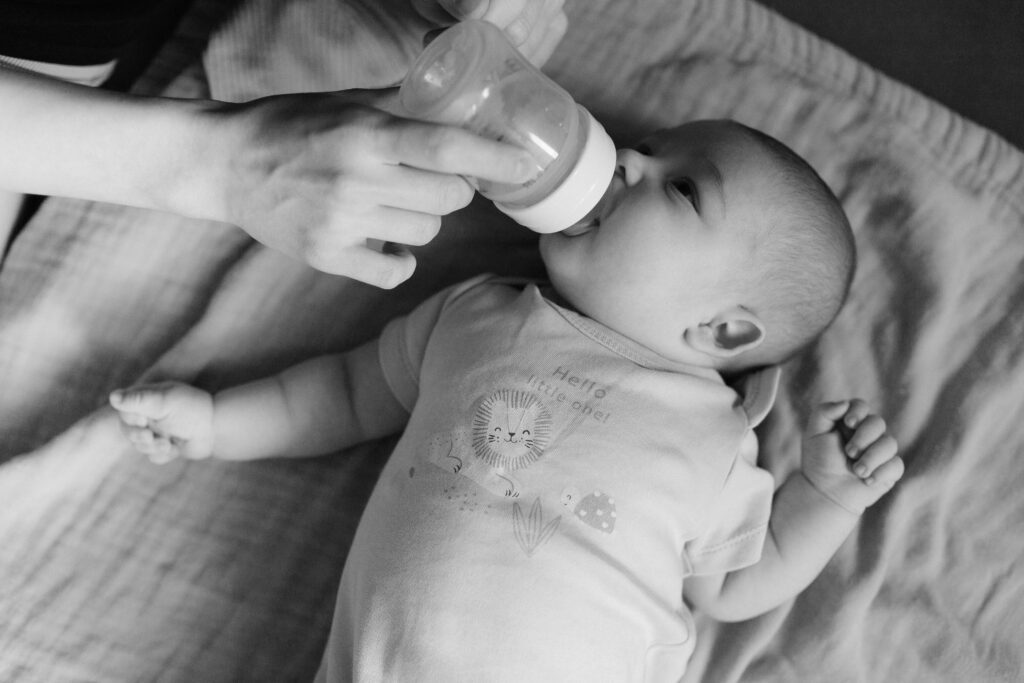

Managing Overfeeding and Preventing Discomfort
Preventing overfeeding is crucial to avoid discomfort like bloating and colic. Strategies include:
- Recognizing Fullness Cues: Watch for signs that your baby is full, such as turning away from the bottle or slowing down sucking.
- Scheduled Feedings: Establish a consistent feeding schedule that aligns with your baby’s natural hunger patterns.
- Appropriate Nipple Flow Rate: Ensure the nipple flow rate matches your baby’s age and sucking ability to control milk intake effectively.
Understanding these challenges and implementing practical solutions enhances the bottle-feeding experience for both you and your baby.
Signs That Your Baby is Ready to Feed with a Bottle
Understanding your baby’s feeding cues is essential. Recognizing when your baby is ready to feed can make the process smoother and more enjoyable for both of you.
Identifying Hunger Cues in Newborns
Babies often display subtle signs when they are hungry. Some common hunger cues include:
- Rooting: Turning their head towards your hand or chest when touched.
- Sucking on hands or fingers.
- Smacking lips or making sucking noises.
- Crying: This is usually a late sign of hunger.
Recognizing Signs of Fullness and Discomfort
Just as it’s important to identify hunger cues, recognizing when your baby is full or uncomfortable can prevent overfeeding and associated issues.
- Turning away from the bottle.
- Slowing down sucking or stopping altogether.
- Pushing the bottle away with their hands.
- Falling asleep during feeding: Though this can also be a sign of comfort, it’s critical to ensure they’ve had enough to eat before they doze off.
How to Respond to Your Baby’s Cues During Feedings
Responding appropriately to your baby’s cues ensures that feeding times are effective and pleasant.
- Be attentive and patient: Observe your baby closely for signs of hunger or fullness.
- Offer the bottle gently: If your baby shows hunger cues, offer the bottle but don’t force it if they’re not interested.
- Adjust as needed: If your baby seems uncomfortable or is gulping too quickly, adjust the angle of the bottle or try a different nipple flow rate.
- Encourage pauses: Allow your baby to take breaks during feeding by removing the bottle periodically, which can help them recognize their own fullness signals.
Recognizing and responding to these cues can create a positive feeding experience, promoting healthy eating habits from an early age.
Transitioning from Breastfeeding to Bottle Feeding: A Step-by-Step Approach
When and How to Introduce a Bottle to a Breastfed Baby
Introducing a bottle to a breastfed baby requires careful timing and strategy. Begin by selecting a calm period when your baby is not overly hungry or tired. This reduces stress for both you and your baby. It’s recommended to start around 4-6 weeks after birth, which gives ample time for breastfeeding to be well-established before introducing a bottle.
During this transition, using pumped breast milk in the bottle can make the switch smoother as it provides a familiar taste. It’s also crucial to choose the right bottle, opting for those designed to mimic breastfeeding, such as those with wide-neck nipples that replicate the breast. For more detailed guidance on this process, refer to this comprehensive breast to bottle transition guide.
Seeking Advice from Lactation Consultants and Pediatricians
Professional guidance can be invaluable during this transition. Lactation consultants and pediatricians offer tailored advice based on your baby’s needs.
- Lactation consultants: They can provide personalized tips on bottle feeding techniques, nipple selection, and troubleshooting common issues like refusal.
- Pediatricians: They ensure that your baby’s nutritional needs are met during the switch, addressing any concerns about formula types if supplementing becomes necessary.
“Lactation consultants can help identify the best times of day for introducing a bottle and recommend specific products that may ease the transition.”
Emotional Aspects of Transitioning and Involving Family Members
Transitioning from breastfeeding to bottle feeding is not just a physical change but an emotional one too. It involves letting go of exclusive breastfeeding, which can be challenging:
- Acknowledge feelings: Recognize and accept any mixed emotions you may have, whether they are sadness, guilt, or relief.
- Involve family members: Encourage other caregivers to participate in bottle feedings. This not only helps with bonding but also allows you some much-needed rest.
“Sharing feeding responsibilities can strengthen family bonds and provide additional support for new parents.”
By following these steps and seeking professional advice when needed, you create a supportive environment for both you and your baby during this significant transition. For more insights into managing this transition effectively, consider consulting resources available on platforms like KidsHealth or exploring academic studies such as the one found on NCBI, which delve deeper into the subject matter.
Monitoring Your Baby’s Intake While Bottle Feeding
Understanding how much formula your baby needs at different stages is crucial for their growth and development. Generally, newborns start with 1.5 to 3 ounces of formula every 2-3 hours. As they grow, the amount increases:
- 0-2 months: 2-4 ounces per feeding
- 2-4 months: 4-6 ounces per feeding
- 4-6 months: 5-7 ounces per feeding
- 6+ months: 6-8 ounces per feeding
Pediatricians can provide specific recommendations tailored to your baby’s needs.
Types of Formulas Available
Selecting the right formula is essential. Here’s an overview of the main types of formulas available:
- Pros: Balanced nutrients, widely available
- Cons: Not suitable for lactose-intolerant babies
- Pros: Good for lactose intolerance or cow’s milk protein allergy
- Cons: Some babies may have soy allergies
- Specialized Formulas
- Hypoallergenic: Designed for babies with severe allergies
- Preemie Formula: Higher calorie content for premature babies
- Anti-Reflux Formula: Thicker consistency to reduce spit-up and reflux
Practical Tips
Monitoring your baby’s intake involves more than just measuring ounces:
- Track feedings: Use a diary or app to log how much and how often your baby eats.
- Observe cues: Watch for signs of hunger (rooting, sucking on hands) and fullness (turning away from the bottle).
Remember, each baby is unique; consult with your pediatrician to personalize feeding plans effectively.
The Emotional Side of Bottle Feeding
Building a bond with your baby during feedings is crucial for their emotional and psychological development. Eye contact plays a significant role in this bonding process. When you make eye contact with your baby while bottle feeding, it helps to create a sense of security and attachment. Your baby learns to recognize your face and feels comforted by your presence.
Importance of Eye Contact During Feedings
- Enhances Emotional Connection: Eye contact during feeding can help strengthen the emotional bond between you and your baby.
- Promotes Trust: Babies feel more secure when they see their caregiver’s face, fostering trust and comfort.
- Stimulates Brain Development: Engaging with your baby’s gaze can stimulate brain activity, aiding cognitive development.
Skin-to-Skin Contact
Even though bottle feeding is different from breastfeeding, incorporating skin-to-skin contact can still provide many benefits. Holding your baby close to your bare chest during bottle feeding can mimic the closeness of breastfeeding and promote a positive feeding experience.
- Regulates Baby’s Body Temperature: Skin-to-skin contact helps regulate your baby’s body temperature, keeping them warm and comfortable.
- Calms and Soothes: The physical closeness can reduce stress levels in both you and your baby, creating a calming environment.
- Encourages Bonding: Physical touch reinforces the bond between you and your baby, making them feel loved and secure.
Techniques for Positive Feeding Experience
To ensure a positive feeding experience:
- Hold Your Baby Close: Position them so that they can easily see your face.
- Make Eye Contact: Engage with their gaze throughout the feeding session.
- Incorporate Skin-to-Skin Contact: If possible, hold them against your bare chest for added comfort.
Using these techniques will help create a nurturing environment where both you and your baby can thrive emotionally during bottle feeding sessions.
Cleaning and Maintaining Bottles: Ensuring Hygiene in Bottle Feeding
Keeping your baby’s feeding equipment clean is essential for their health. Proper cleaning and sterilization practices help prevent harmful bacteria from contaminating the milk and causing infections. For comprehensive guidelines on hygiene, you can refer to the CDC’s hygiene FAQ.
Best Practices for Cleaning Bottles After Each Use
- Rinse Immediately: Rinse bottles, nipples, and other parts with warm water immediately after each use to remove any milk residue.
- Disassemble Components: Take apart all removable parts like nipples, rings, and valves to ensure thorough cleaning.
- Use Mild Dish Soap: Clean each part with mild dish soap and a bottle brush. Ensure you scrub all surfaces, including the inside of the nipple.
- Rinse Thoroughly: Rinse all components under running water to remove soap residue.
- Dry Completely: Air-dry bottles and parts on a clean dish rack or use a dedicated baby bottle drying rack.
Methods for Sterilizing Bottles and Nipples Effectively
Sterilizing feeding equipment is crucial, especially during your baby’s first few months when their immune system is still developing.
- Boiling: Place disassembled bottles, nipples, and other parts in a pot of boiling water for at least 5 minutes. Ensure all parts are fully submerged.
- Steam Sterilizers: Use an electric steam sterilizer or microwave steam sterilizer bags that are designed specifically for baby bottles. These methods typically take around 5-10 minutes.
- Chemical Sterilization: Use sterilizing tablets or liquid solutions mixed with water. Soak the bottles and parts according to the manufacturer’s instructions, usually around 30 minutes.
- Dishwasher Sanitizing Cycle: If your dishwasher has a sanitizing cycle, you can place bottles and parts on the top rack. Ensure they are dishwasher-safe before doing so.
For more detailed information on cleaning and sterilising baby bottles, consistency in cleaning and sterilizing your baby’s feeding equipment helps maintain hygiene standards necessary for their well-being.
Conclusion: Embracing the Journey of Successful Bottle Feeding
Navigating the challenges of bottle feeding can feel daunting, but with the right techniques and support, you can ensure a smooth experience for both you and your baby.
Successful bottle feeding tips include:
- Paying close attention to your baby’s cues: Recognize hunger signs and know when your baby is full.
- Choosing the appropriate bottle and nipple: Different materials and flow rates cater to specific needs.
- Practicing effective feeding positions: Semi-upright or side-lying positions can enhance comfort and reduce issues like reflux.
Support resources are invaluable. Consult with:
- Pediatricians: They offer medical advice tailored to your baby’s health.
- Parenting groups: These provide community support, shared experiences, and practical tips.
- Lactation consultants: Essential for those transitioning from breastfeeding to bottle feeding.
Embrace this journey with confidence, knowing that each step you take contributes to your baby’s development and well-being. Remember, you’re not alone on this path; numerous resources are available to guide you through successful bottle feeding.
FAQs (Frequently Asked Questions)
What are the benefits of bottle feeding compared to breastfeeding?
Bottle feeding offers convenience and flexibility for parents, allowing them to share feeding responsibilities. It can also be beneficial in situations where breastfeeding is not possible due to medical or lifestyle reasons.
How do I prepare formula safely for my baby?
To prepare formula safely, always follow the instructions on the formula packaging. Use clean bottles and nipples, measure the right amount of water and formula powder, and mix thoroughly. It’s important to ensure that the formula is at a safe temperature before feeding.
What techniques should I use when bottle feeding my baby?
Effective bottle feeding techniques include holding your baby in a semi-upright position and using paced feedings to mimic breastfeeding. Adjusting the angle of the bottle can help regulate milk flow, making the experience more comfortable for your baby.
What common challenges might I face with bottle feeding and how can I overcome them?
Common challenges include gas, spit-up, and oral aversion. To manage these issues, try burping your baby regularly during feeds, experimenting with different nipple sizes, and ensuring that you’re not overfeeding. Consulting with pediatricians can also provide additional strategies.
How can I tell if my baby is ready to feed with a bottle?
Look for hunger cues such as rooting or sucking on their hands. It’s also important to recognize signs of fullness, like turning away from the bottle. Responding promptly to these cues will help create a positive feeding experience.
What are some best practices for cleaning and maintaining baby bottles?
Best practices include washing bottles immediately after use with hot soapy water or placing them in a dishwasher. Sterilizing bottles and nipples regularly is also crucial to ensure hygiene. Methods for sterilization include boiling or using an electric steam sterilizer.


